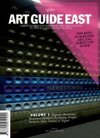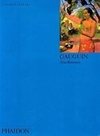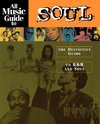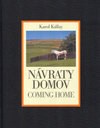
-
 Anglický jazyk
Anglický jazyk
Arranging and Composition Techniques: Song Construction and Arrangement
Autor: Mohd Nasir Hashim
Research Paper (undergraduate) from the year 2005 in the subject Musicology, The University of Malaya (Music Department), course: Scholarly Research Paper, language: English, abstract: In the early days of the pop industry, roles were more clearly defined.... Viac o knihe
Na objednávku
14.76 €
bežná cena: 16.40 €
O knihe
Research Paper (undergraduate) from the year 2005 in the subject Musicology, The University of Malaya (Music Department), course: Scholarly Research Paper, language: English, abstract: In the early days of the pop industry, roles were more clearly defined. Songs were composed by songwriters, vocal and orchestral performances were extracted by producers, and the results recorded and mastered by audio engineers. The arranger's task was to translate the chords and melodies into an orchestral score, which could then be performed in one take by a team of musicians.
Today, of course, the modern palette of sounds is no longer limited to classical instruments, and arranging is often an integral part of the songwriting and production process. An incredible array of synthesisers, samplers and other tools is now available to aid the creative process, and digital technology allows us to shuffle the entire sections of music around until a perfect format is achieved.
In pop music, above all, the role of an arranger has merged with those of a musician, programmer, producer and writer, to become a vital part of the creative process. For me, arranging is primarily about creating moods. A good arrangement should hook the listener from the introduction, and hold their attention through the song as the parts and melodies develop. Sounds and chord structures should work together to surround the vocal and evoke the appropriate emotions. Everyone has their own way of achieving this, and there can never be an 'ultimate' arrangement for any track - experimentation is the key.
Songs can evolve from a wide range of starting points. You may be working from a demo, with many of the parts already defined, or you may have just a title. Either way, it's good to start by taking an objective step back. Imagine how the song might sound on your car radio or your old radio at home. What sounds would grab your attention, and make you turn the radio up? As the music continues, which melodies fill your mind and keep you enthralled? Try to translate your ideas into reality as quickly as possible. The more you work on a song, the less objective you become, and your first impressions are often correct. You might listen to a track thousands of times as you work on it, but the general public will be lucky to hear it a couple of times on the radio before it drops from the playlist.
- Vydavateľstvo: GRIN Verlag
- Rok vydania: 2009
- Formát: Paperback
- Rozmer: 210 x 148 mm
- Jazyk: Anglický jazyk
- ISBN: 9783640479436







 Ruský jazyk
Ruský jazyk 



 Nemecký jazyk
Nemecký jazyk 
